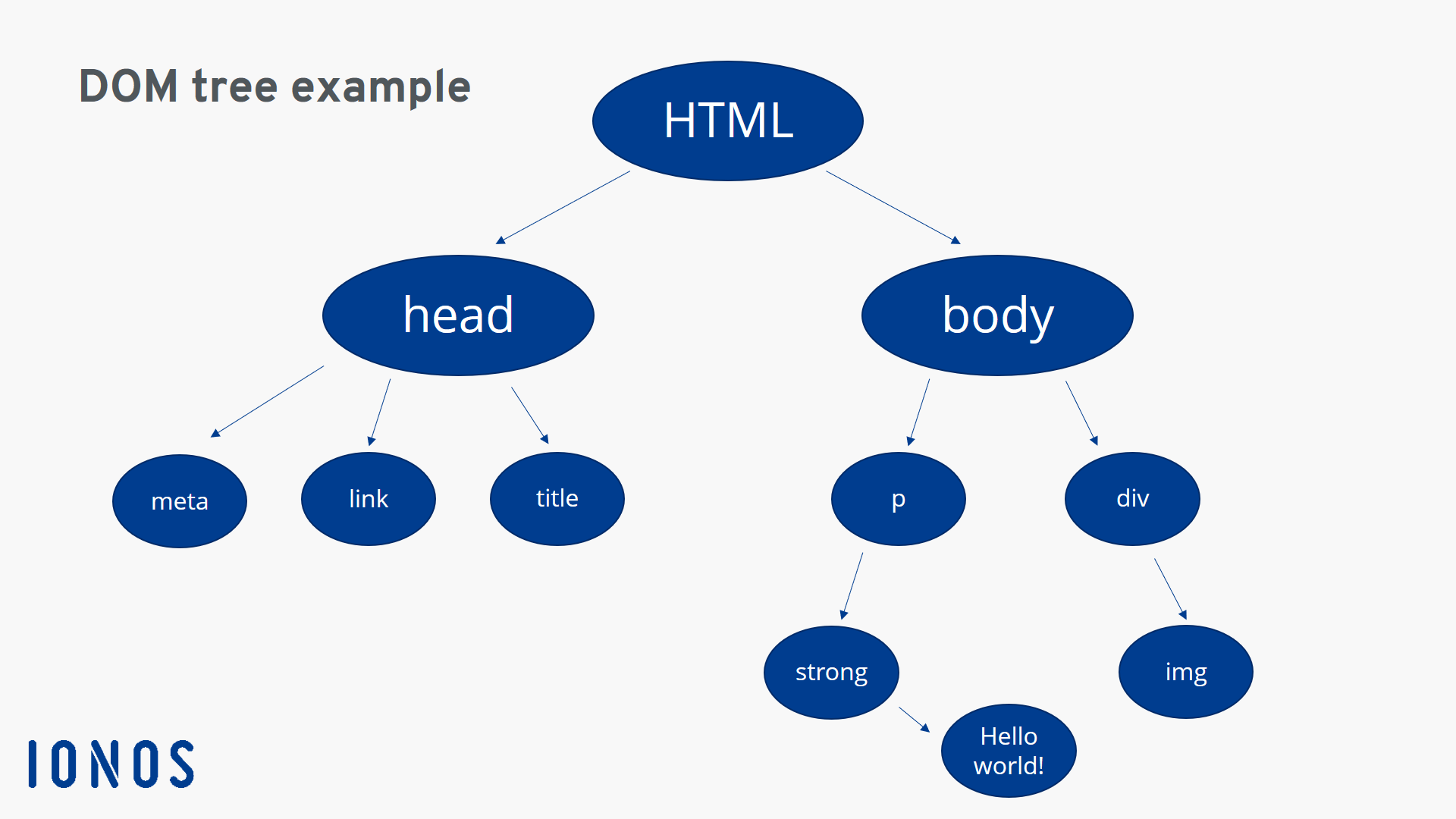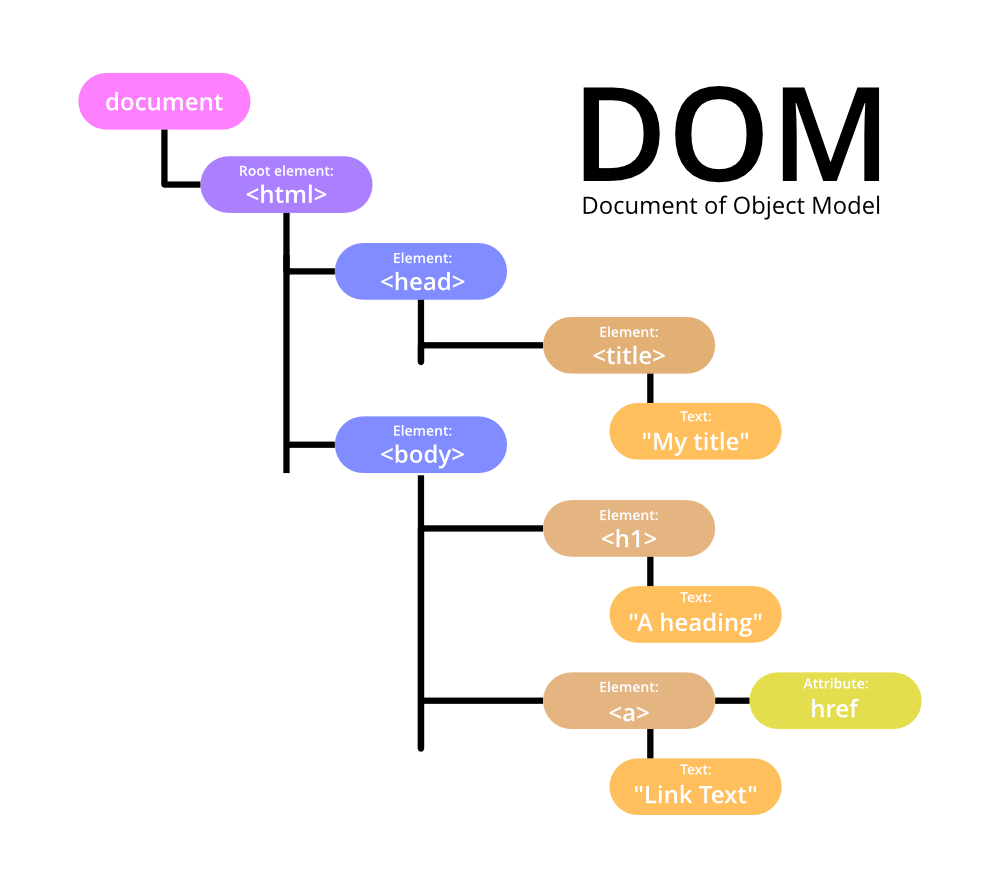Dom DiSandro - The Web's Hidden Height And Weight
When people hear "Dom DiSandro," thoughts might turn to a person, perhaps someone with a distinct build or a known presence, but in the world of digital creations, there's another "Dom" that plays a truly central role in how we experience online spaces. It's a bit like trying to figure out the true dimensions of something you can't quite touch, you know? We often think about "height" and "weight" in terms of people or physical objects, things we can easily measure with a tape or a scale. But what about the things we see on our screens, the web pages that pop up every time we go online? How do they have "height" or "weight," in a way, or rather, how do we understand their digital form?
This exploration isn't about a person's physical attributes, but about the fundamental building blocks of the internet itself, and how these unseen structures influence what we see and interact with every day. It's pretty much about understanding the invisible skeleton of the web, and how its components carry their own kind of digital size and presence.
We'll be looking at how the underlying rules of web content, often called the Document Object Model, or DOM, help shape everything from how big a picture appears to how quickly a page loads. It's a way of looking at the "dom disandro height weight" of the internet, so to speak, in terms of its construction and performance, which is actually quite fascinating.
- Myers Punannieannie Bbyanni
- Fleshmechanic19 Amber
- Bbl Community Twitter
- Kamwild Acecarter Gay
- Exposed Twitter
Table of Contents
- The Story of "Dom" - More Than Just a Name
- What Exactly is This "Dom" We're Talking About?
- Getting to Know "Dom" - Key Characteristics
- How Does "Height" Show Up in Web Structure?
- Thinking About "Weight" in Web Pages
- Can We Measure "Dom DiSandro's" Digital Footprint?
- Putting It All Together - A "Dom" Perspective
- Why Does "Dom DiSandro's" Digital Presence Matter?
The Story of "Dom" - More Than Just a Name
So, when we talk about "Dom" in the context of web pages, we're really talking about something called the Document Object Model. This isn't a person with a specific "dom disandro height weight" to measure with a tape, but rather a set of rules and a way of seeing everything that makes up a web page. It's like the blueprint for what you see on your screen, you know, how all the different bits and pieces fit together.
The idea for this "Dom" system didn't just appear overnight. As a matter of fact, it came about because people needed a common way for web browsers and programs to talk to each other about what was on a page. Before this, different browsers might have understood things in their own unique ways, making it pretty tough for web builders to create things that worked everywhere. It was a bit messy, to be honest.
Back in 1998, a group called the W3C, which helps set the rules for the web, put out their first official version of this "Dom" blueprint. This became the common way of doing things for all web browsers. It meant that if you built a web page following these rules, it would show up more or less the same way for everyone, no matter what browser they were using. This was a really big deal for making the internet work better for everyone, you see.
This "Dom" is essentially how the web page's information is laid out in a way that programs, like JavaScript, can easily get to it and change it. It gives a way to understand the "dom disandro height weight" of each part of a page, not in terms of physical size, but in terms of its place and purpose within the overall structure. It's how the web started to become truly interactive, which is actually pretty cool.
Without this common "Dom," building web pages that could change and respond to what you do would be a lot harder. It's the silent helper behind the scenes, making sure everything is in its right place and can be talked to by other parts of the web system. It helps to define the "dom disandro height weight" of how things are presented, if you think about it.
What Exactly is This "Dom" We're Talking About?
So, when we mention "Dom," we're referring to the Document Object Model. It's basically how information on a web page is put together and shown. Think of a web page as a big document, like a book. The "Dom" is the system that breaks that book down into all its individual parts: chapters, paragraphs, images, and even individual words. It's a way of representing the structure and content of a document on the web, you know?
This "Dom" sets up a common way for programs to get into these documents. It means that whether you're using a tiny piece of code or a big program, they all understand how to find and work with the different parts of a web page. This standard way of doing things, often called "Dom level 1," was a really important first step in making the web more interactive and useful. It's like everyone agreed on the same language for talking about web page components, which is pretty essential.
For anyone who builds web pages, getting a good grasp of this "Dom" is truly important. It gives them the tools to change things on the fly. This means they can update what's inside a web page, how it's put together, and even how it looks, all while you're still looking at it. Imagine clicking a button and a new section appears without the whole page reloading; that's the "Dom" at work, essentially.
The "Dom" links web pages to programming languages, like JavaScript, by showing how the document is built. For example, it shows how HTML, which is the basic language for web pages, is structured. The web browser then takes this "Dom" and makes it available as a bunch of JavaScript code bits. This means that if you want to make a part of your page respond to a click, you can use JavaScript to tell the "Dom" to do something when that click happens. It's how the digital "dom disandro height weight" of a page can be influenced by user actions, you could say.
It's not just about what you see; it's about how every little piece of the web page can be talked to and changed. The "Dom" provides a framework for understanding the digital "dom disandro height weight" of each element, allowing for a dynamic and responsive online experience. It's pretty much the backbone of modern web interactivity, to be honest.
Getting to Know "Dom" - Key Characteristics
When we talk about the "Dom," it's not like a person where we'd list their physical "dom disandro height weight." Instead, it has its own set of characteristics that describe how it works and what it can do for web pages. It's essentially a way of thinking about HTML as a collection of things, each with its own features, actions, and things that can happen to it. This is really how web pages become interactive, you know?
Here are some key characteristics of this "Dom," which you could think of as its "personal details" in the web world:
| Characteristic | Description |
|---|---|
| What it is | A data representation of web page content and structure. It's how the browser sees everything on the page, basically. |
| Its Purpose | To provide a common way for programs to get into and change documents. It's like a universal remote for web pages. |
| Key Components |
|
| Its Impact | Allows web pages to change and respond without needing to reload the whole page. It makes web pages feel alive and interactive. |
| Who Uses It | Anyone building or working with web pages, especially those writing code to make pages do things. It's truly important for web builders. |
This "Dom" is what connects web pages to programming languages. It shows the structure of a document, like the HTML that makes up a web page. The web browser then makes this "Dom" available as a bunch of JavaScript code bits. This means that when you're looking at a web page, all the different parts you see are actually represented as these code bits behind the scenes, which is pretty neat.
By getting really good at how the "Dom" works, web builders can create pages that are not only pretty to look at but also really smart and responsive. It's how they manage the "dom disandro height weight" of the page's components, making sure everything performs well and gives a good experience. It's the silent engine that powers much of what we love about the modern web, you know.
How Does "Height" Show Up in Web Structure?
When we talk about "height" in the context of web pages, it's not about a person's "dom disandro height weight" in inches or centimeters. Instead, it refers to the visual space an element takes up on your screen. The "Dom" is absolutely central to how this "height" is determined and managed. Every piece of content on a web page, from a heading to a photo, occupies a certain amount of vertical room, and the "Dom" is what lets web builders control that, basically.
The "Dom" provides the means to dynamically get into and change the content, how it's put together, and how it looks on a web page. This means that a web builder can, for example, tell a picture to be a certain number of pixels tall, or they can make a text box expand as you type more into it. This ability to change things on the fly is how the "height" of elements can shift and adapt, which is pretty cool, really.
- Twitter Adin Ross
- Kamwild Acecarter Gay
- Chennedy Carter Twitter
- Haunted House Video Twitter
- Ajay Deluxe Chappell Roan

What is the Document Object Model (DOM) - IONOS

File:2006 Berliner Dom Front.jpg - Wikimedia Commons

What is Document Object in Java DOM? | GeeksforGeeks